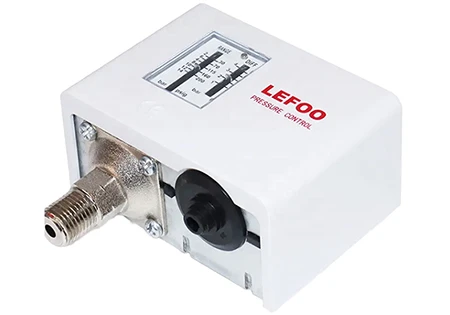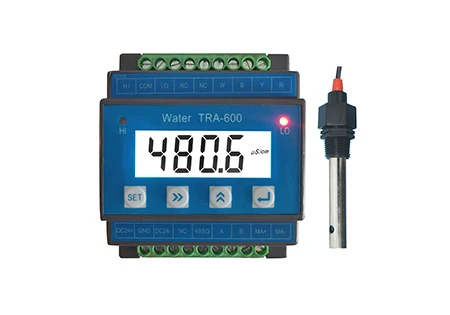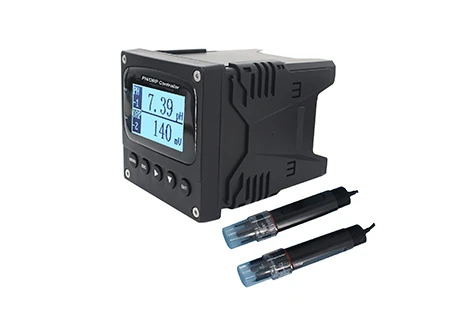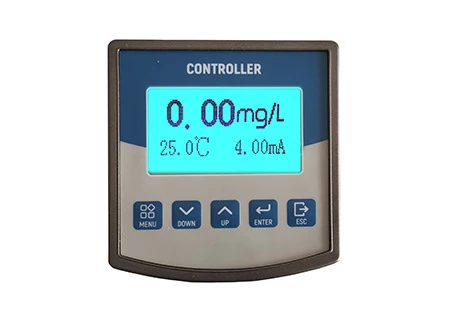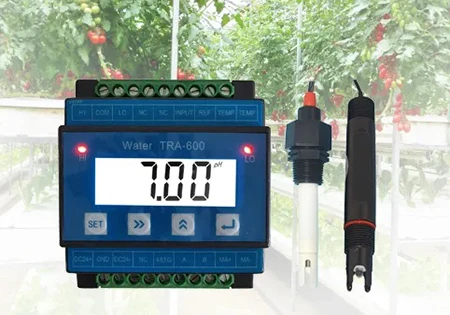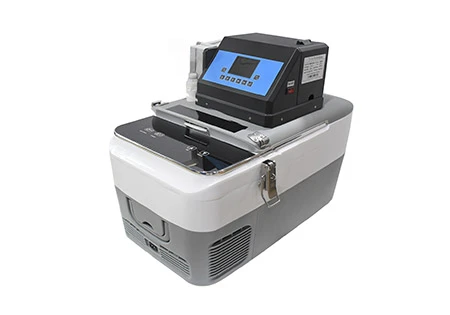What Is A Water Quality Analyzer?
Water quality analyzer is a device used to detect and evaluate water quality. It is widely used in environmental monitoring, water treatment, industrial production and other fields. Through sophisticated sensors and analysis technology, the device can detect various parameters in water in real time, such as pH, dissolved oxygen, turbidity, chemical oxygen demand (COD), ammonia nitrogen, total phosphorus, etc. Through real-time monitoring of these parameters, the water quality analyzer can effectively determine the degree of pollution of the water source, ensure that the water body meets environmental protection standards, and ensure the safety and sustainability of the water source.
The water quality analyzer adopts advanced automation technology and has the characteristics of high precision, high stability and easy operation. Most equipment is equipped with an intelligent operating interface, and users can easily view data and set parameters through the touch screen or remote control system. Instruments usually support a variety of data storage and transmission methods, and can upload detection data to the cloud platform in real time to facilitate data analysis and report generation.
In the industrial field, water quality analyzers can help companies monitor water quality, promptly detect risks that may cause water pollution during the production process, and ensure compliance with environmental protection regulations. In urban water management, it can also assist government departments in monitoring drinking water quality and ensuring people's water safety. With the continuous advancement of technology, modern water quality analyzers also have automatic calibration functions, reducing manual intervention, improving detection efficiency and accuracy, and becoming an indispensable and important tool in water treatment and environmental protection.
What Are The 4 Types Of Water Quality?
Water quality is typically assessed through various parameters that indicate its suitability for specific uses such as drinking, irrigation, or recreational activities. Four primary types of water quality include physical, chemical, biological, and radiological quality.
Physical water quality refers to characteristics that can be observed without chemical analysis. These include temperature, turbidity, color, and the presence of suspended solids. High turbidity, for instance, can indicate the presence of contaminants or pollutants, which can affect aquatic life and the overall health of the ecosystem. Similarly, temperature plays a crucial role in determining the solubility of oxygen, influencing the health of aquatic organisms.
Chemical water quality focuses on the presence of dissolved substances in water, which can have harmful or beneficial effects. Key parameters include pH, dissolved oxygen, salinity, heavy metals, and nutrients like nitrogen and phosphorus. These chemicals can influence the chemical balance of the water and affect its ability to support life. For example, high levels of nitrogen can lead to nutrient pollution, which can result in algal blooms that deplete oxygen levels and harm aquatic species.
Biological water quality is concerned with the presence of microorganisms, such as bacteria, viruses, and algae, which can affect water safety. Contaminants like E. coli or other pathogenic bacteria can make water unsafe for drinking or recreational use. The presence of specific microorganisms is often used as an indicator of water pollution, particularly from fecal contamination.Radiological water quality assesses the presence of radioactive substances in water, such as radon, uranium, or cesium. These substances can pose serious health risks, particularly in regions with naturally occurring radioactive materials in the ground. Monitoring radiological quality is essential for ensuring that water sources are safe from long-term exposure to radiation.
These four types of water quality provide a comprehensive overview of a water body’s health, helping to determine its safety for various uses.
WHAT ARE THE THREE TYPES OF WATER QUALITY TESTING?
Water quality testing can be categorized into three main types: physical, chemical, and biological testing. Each type assesses different aspects of water, providing valuable information about its safety and suitability for various uses.
Physical water quality testing focuses on observable characteristics that can be measured without the need for chemical analysis. This includes parameters such as temperature, turbidity, color, and total suspended solids. Physical testing can help determine if the water is clear and free from particles or debris, and if its temperature is within a range that supports aquatic life. For example, high turbidity levels can indicate the presence of pollutants, while extreme temperatures can disrupt the aquatic ecosystem.
Chemical water quality testing involves the analysis of dissolved substances and chemicals in the water. Key parameters include pH, dissolved oxygen, heavy metals, and various nutrients like nitrogen and phosphorus. Chemical testing is crucial for identifying pollutants that may not be visible to the naked eye but can have harmful effects on both human health and aquatic life. For instance, high levels of heavy metals such as lead or mercury can be toxic, while elevated nitrogen levels can lead to eutrophication and algal blooms. Chemical tests are often used to assess the overall health of the water and its compliance with environmental standards.
Biological water quality testing examines the presence of living organisms in the water, particularly microorganisms like bacteria, viruses, and algae. This type of testing is essential for determining if the water is contaminated with harmful pathogens, such as E. coli, which can pose health risks, especially for drinking water or recreational areas. Biological tests provide insight into the presence of pollutants that can affect the safety and cleanliness of water sources.These three types of water quality testing offer a comprehensive approach to understanding the health of water bodies and ensuring safe and clean water for various uses.







